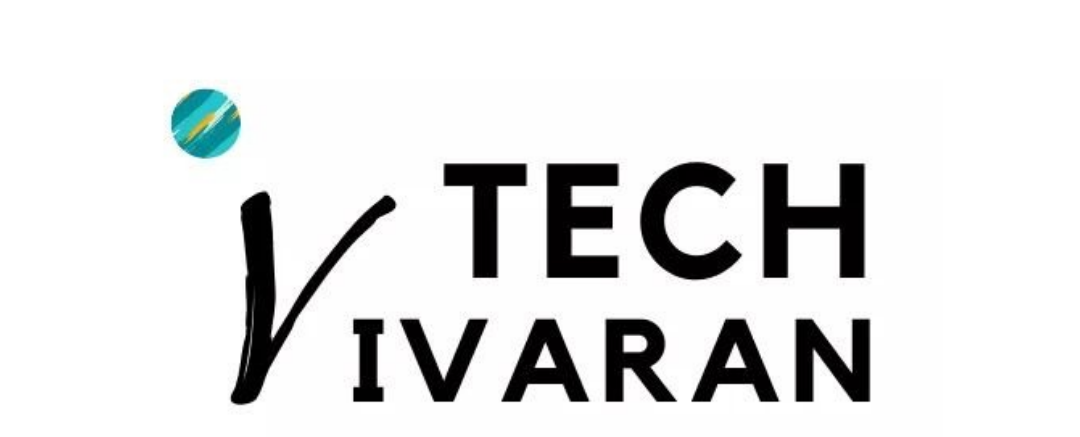On May 16, 2025, OpenAI launched Codex, a powerful AI tool that makes coding and engineering easier to learn. Specifically, Codex helps software engineers write code and fix bugs.
How Does Codex Work?
Codex is powered by Codex-1, which is an improved version of OpenAI’s o3 model designed specifically for software engineering. It generates clear code, closely follows user instructions, and thoroughly tests its output to ensure that it works.
Codex executes code in a secure cloud-based sandbox, allowing for real-time interaction with the user’s codebase. It can write new features, fix bugs, answer code-related FAQs, and run tests in 1 to 30 minutes.
Key Features of the OpenAI Codex
Codex, OpenAI’s most advanced coding AI, bridged human language and programming with the following groundbreaking capabilities:
- Converts natural language to working code.
- Debugs and explains the existing code.
- Integrates with GitHub repositories.
- Supports several programming languages.
- Learns and adapts based on context.
How to use Codex?
Currently, users of ChatGPT Pro, Enterprise, and Team plans can access Codex. Select the Code option from ChatGPT’s sidebar and write a clear description of your programming task, whether it’s to explain complex logic, debug existing scripts, or generate new code (“Create a REST API in Flask”). The AI provides instantaneous, operational solutions.
For more in-depth help, use the Ask button to optimize performance or analyze codebases. Codex does not require complex setup because everything runs in a pre-configured cloud workspace, removing the need for manual installation.
Supported Languages and Tools
Codex was designed to be a flexible coding partner that integrates easily into developer workflows and offers strong support for widely used programming ecosystems.
Programming Languages Supported
- Primary languages: Python, JavaScript, and TypeScript.
- Additional Support: Go, Ruby, Java, Swift, PHP, and Shell.
Tool Integration:
- IDEs: Native VS Code integration.
- GitHub: The core engine for Copilot’s AI pair programming
- APIs provide flexible integration for custom development environments.
What are the use cases of Codex?
Codex improved code comprehension and automated tasks, which streamlined workflows. Teams used their capabilities as follows:
- Boilerplate Automation: Generates configuration files, class structures, and API endpoints rapidly.
- Test Generation: Creates comprehensive unit tests with relevant Test cases.
- Debugging Assistant: Identifies mistakes and recommends the best solutions.
- Code Documentation: Automatically generates comments, docstrings, and explanations.
- Onboarding Tool: Assists new developers in understanding complex codebases.
- Educational Resource: Provides real-time coding examples for learners.
Why Developers Use Codex?
For developers, OpenAI Codex provides several significant benefits:
- Saves time by producing tests, documentation, and code automatically.
- Provides beginners with immediate code explanations.
- Finds errors before they are executed.
- Uses AI pair programming to increase team productivity.
- Turns working code from English instructions.
Conclusion
By converting natural language into code, OpenAI Codex streamlines coding, increasing productivity, decreasing errors, and saving time. It’s a helpful tool that can help professionals and novices alike decide how to proceed with software development.






